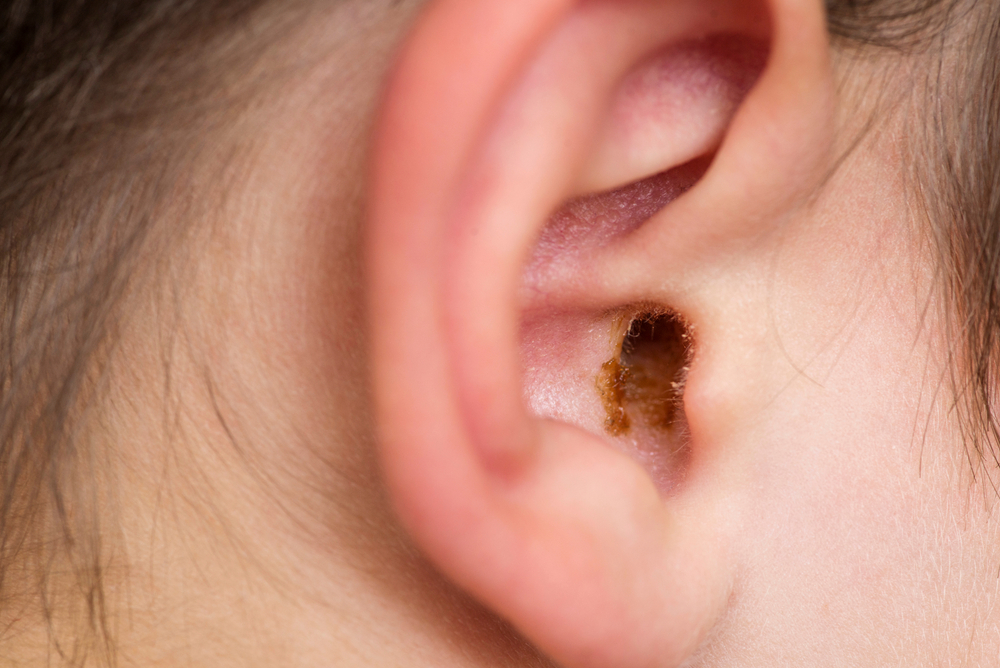
It’s likely that earwax and its buildup haven’t been subjects of extensive contemplation for you, except perhaps during ear hygiene routines. Nonetheless, understanding what causes earwax, how it forms, and its purpose is essential.
What initiates the accumulation of earwax?
Earwax, technically called cerumen, is a thick combination of debris, hair, skin particles, sweat, and ceruminous gland secretions. This earwax presents with a waxy consistency and can show shades of orange, yellow, gray, or brown.
While the production amount of earwax differs from individual to individual, adults typically produce less earwax than kids. Kids also typically have softer earwax that’s lighter in color than adults.
Earwax gets discharged or washed out after passing the outer ear canal and reaching the opening of the ear.
Why do we need earwax?
Earwax serves several essential functions, such as:
- Fending off possible infections that might develop within the ear canal.
- Stopping itchiness and dryness by lubricating and safeguarding the lining of the ear canal.
- Acting as a protective barrier against outside irritants including dirt, dust, and other foreign particles before they penetrate deeper into the ear.
Earwax obstructions
Impacted earwax is a common issue, but it’s usually the only time you need to worry about it. Impacted earwax can stem from narrow or unusually shaped ear canals impeding the natural movement of earwax toward the ear’s opening.
Poor ear hygiene practices, such as using cotton swabs or bobby pins, can inadvertently push wax deeper into the ear canal.
People grappling with hearing loss who make use of earplugs or hearing aids are also predisposed to experiencing ear canal obstructions.
How is hearing impacted by excessive earwax?
Auditory health may be impeded and you might feel mild discomfort.
In addition, considerable buildup of earwax can trigger tinnitus, a sensation of ringing in the ears.
Acoustic trauma may result in long-term hearing impairment, perforated eardrums, and long-term hearing loss if earwax blockages go ignored.
How do you deal with impacted wax?
Should you suspect an earwax blockage, consulting us quickly is essential. Depending on the severity of the obstruction, you might be advised to utilize over-the-counter wax softening drops or a bulb syringe for gentle irrigation to alleviate the condition.
If you’re concerned about your earwax buildup, call us right away to schedule an appointment.